detail profile dieter laser
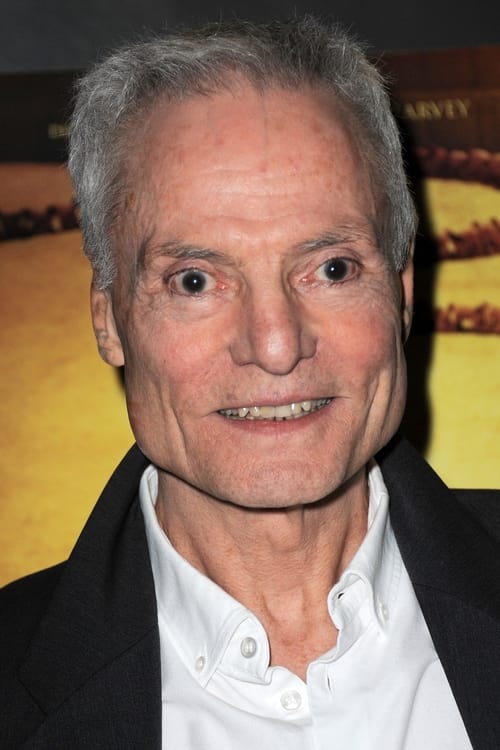
Riwayat Hidup
Dieter Laser (February 17, 1942 – February 29, 2020) was a German actor.
He is known to English speaking audiences for his roles in Lexx and The Human Centipede (First Sequence), for which he won "Best Actor" at the Austin Fantastic Fest.
In 1975 he was awarded the German Film Award in the category of Best Actor for the title role in John Glückstadt.
Description above from the Wikipedia article Dieter Laser, licensed under CC-BY-SA, full list of contributors on Wikipedia.
Info Pribadi
Peran Yang Di Mainkan Dieter Laser
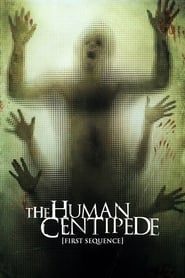 During a stopover in Germany in...
During a stopover in Germany in...The Human Centipede (First Sequence) 2009
During a stopover in Germany in the middle of a carefree road trip through Europe, two American girls find themselves alone at night when their car breaks down in the woods. Searching for help at a nearby villa, they are wooed into the clutches of a deranged retired surgeon, who has a very disturbed vision.
 Successful architect Robert has a onenight...
Successful architect Robert has a onenight...I Am the Other Woman 2006
Successful architect Robert has a one-night stand with a mysterious lady in red. The next day they meet again, but Carolin is now a corporate lawyer working on a major contract for Robert ...
 A journalist from Berlin Germany and...
A journalist from Berlin Germany and...Baltic Storm 2003
A journalist from Berlin, Germany, and a Swedish lawyer discover the truth behind the sinking of the "MS Estonia" in 1994, where more than 850 people drowned.
 Kati and Steffi have been best...
Kati and Steffi have been best...Big Girls Don't Cry 2002
Kati and Steffi have been best friends since they were six. Now they're both 17 and enjoying the ups and downs of becoming adults together. While Kati's parents are religious and conservative, but argue constantly, Steffi comes from what appears to be a harmonious and liberal family. But the girls discover how quickly their attractive world can fall apart when, at a hip nightclub, they happen to see Steffi's father in the arms of another woman. Steffi is shocked, her trust in her small perfect world shaken to the core. She can only think of one thing: revenge.
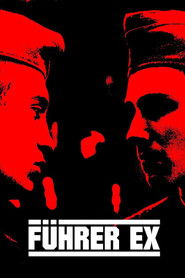 Ingo Hasselbach whose parents were Communist...
Ingo Hasselbach whose parents were Communist...Führer Ex 2002
Ingo Hasselbach, whose parents were Communist Party members in East Germany during his childhood, has lived at both ends of the political seesaw. The question of how people reach a change of heart is a profound one; Hasselbach describes the external forces that led to his founding Germany's first neo-Nazi political party and the internal ones that led him away from it five years later.
 An American historian Mr Webster comes...
An American historian Mr Webster comes...Conversation with the Beast 1997
An American historian (Mr Webster) comes to Berlin to visit an old man who claims to be the real Adolf Hitler and to be 103 years old. The Hitler who died in 1945, the old man says, was just one of his six doubles - one for each weekday - while Hitler himself retired into a bunker below the S-Bahn tracks and married a second time.
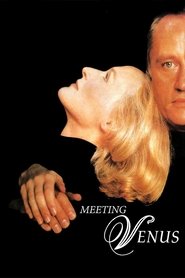 Celebrated Swedish opera star Karin Anderson...
Celebrated Swedish opera star Karin Anderson...Meeting Venus 1991
Celebrated Swedish opera star Karin Anderson is slated to appear in an internationally-telecast production of Tannhauser. Ms. Anderson balks at the notion of working with obscure Hungarian conductor Zoltan Szanto. The much-anticipated production may never get off the ground, thanks to labor-management difficulties, intramural jealousies, and clashing egos. Amidst all this chaos, the mismatched Anderson and Szanto fall in love.
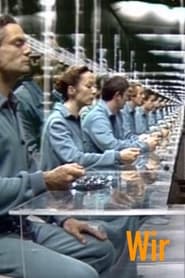 In the 26th century the inhabitants...
In the 26th century the inhabitants...We 1982
In the 26th century the inhabitants of Utopia have so lost their individuality, which varies in number. They live in glass houses (this was written before the invention of television), which allows the political police, called “Keepers” can easily supervise them. They all wear the same uniform and usually turn to each other or as a ”cipher-so” or "UNIFEM" (uniform). They feed on artificial food and rest hour marching in fours in a row the anthem of the One State, pouring out of the loudspeakers. As they are allowed to put a break on the hour (known as the ”sexy time“), draw the curtains of their glass houses. At the head of the One State is one called The Benefactor, which are replaced every year the whole population, usually unanimously. The guiding principle of the State is that happiness and freedom are incompatible.
 Germany in Autumn does not have...
Germany in Autumn does not have...Germany in Autumn 1978
Germany in Autumn does not have a plot per se; it mixes documentary footage, along with standard movie scenes, to give the audience the mood of Germany during the late 1970s. The movie covers the two month time period during 1977 when a businessman was kidnapped, and later murdered, by the left-wing terrorists known as the RAF-Rote Armee Fraktion (Red Army Fraction). The businessman had been kidnapped in an effort to secure the release of the orginal leaders of the RAF, also known as the Baader-Meinhof gang. When the kidnapping effort and a plane hijacking effort failed, the three most prominent leaders of the RAF, Andreas Baader, Gudrun Ensslin, and Jan-Carl Raspe, all committed suicide in prison. It has become an article of faith within the left-wing community that these three were actually murdered by the state.
 In a poor Estonian village a...
In a poor Estonian village a...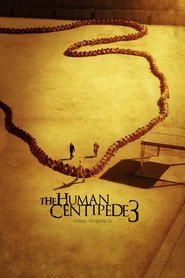 Taking inspiration from The Human Centipede...
Taking inspiration from The Human Centipede...
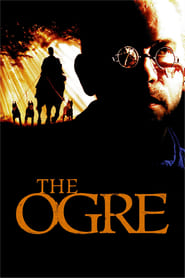 Frenchman Abel Tiffauges is a naive...
Frenchman Abel Tiffauges is a naive... Follows the life of the famous...
Follows the life of the famous...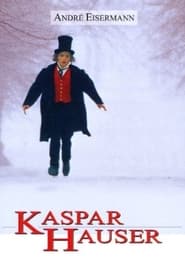
 Monk Medardus administrator of the relic...
Monk Medardus administrator of the relic... After a chance encounter with a...
After a chance encounter with a...